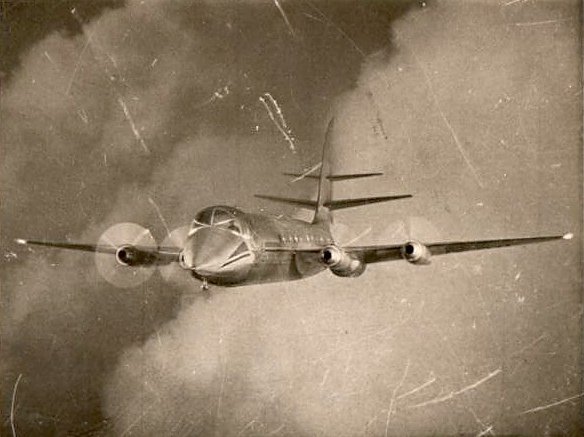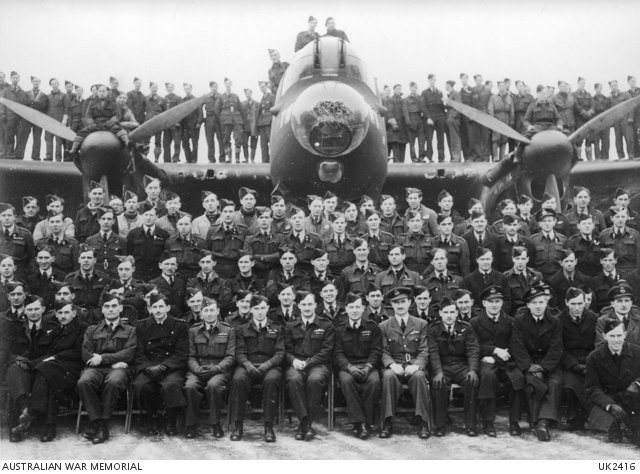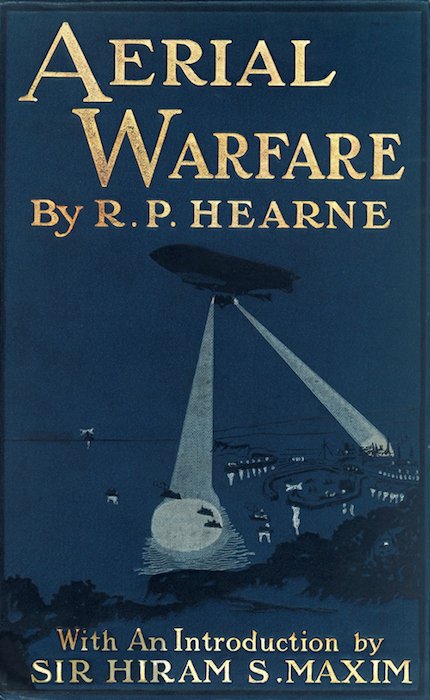Airminded: the PhD thesis
So, after a month of reposts, my celebration of Airminded’s 10th anniversary is nearly over. All that remains is the surprise which I promised, which is (no surprise!) the PhD thesis I submitted way back in 2009, for which I was subsequently awarded my PhD — after all, Airminded began life as a PhD blog. […]






